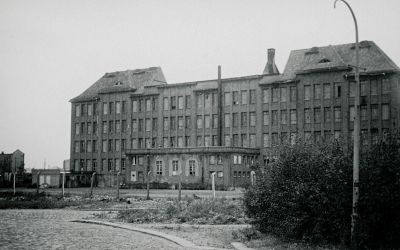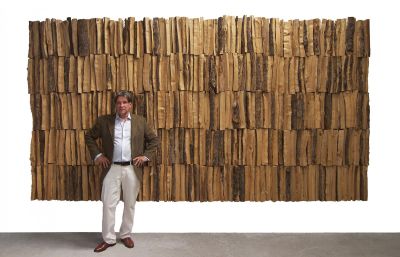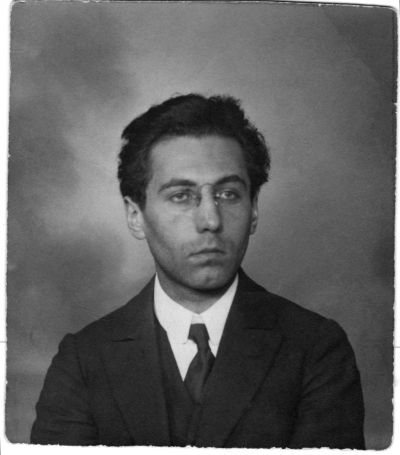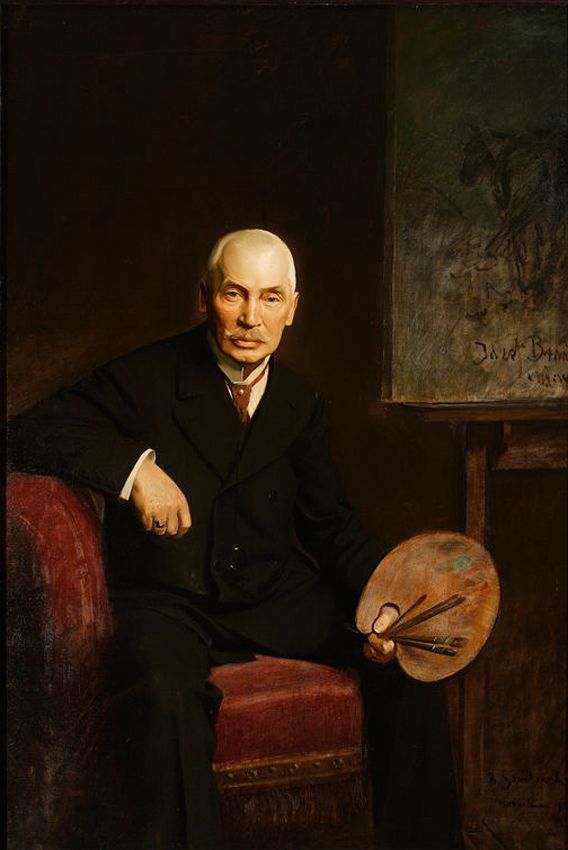Józef Brandt
Mediathek Sorted






















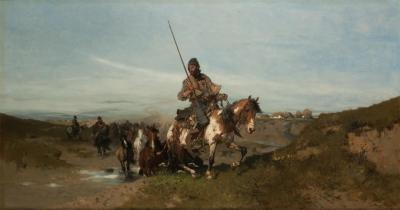






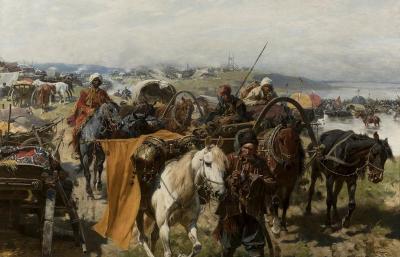
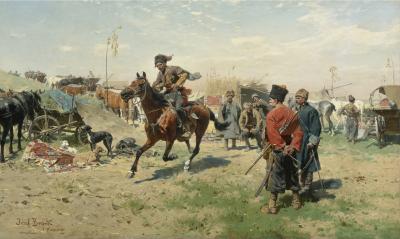





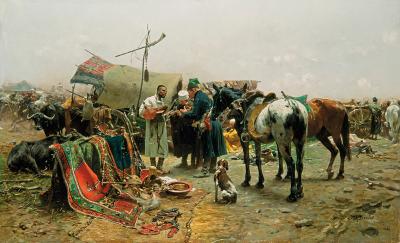











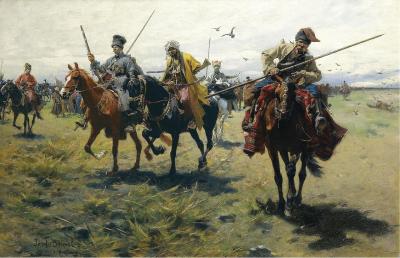







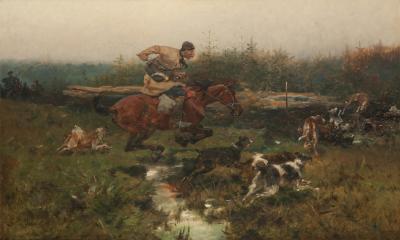


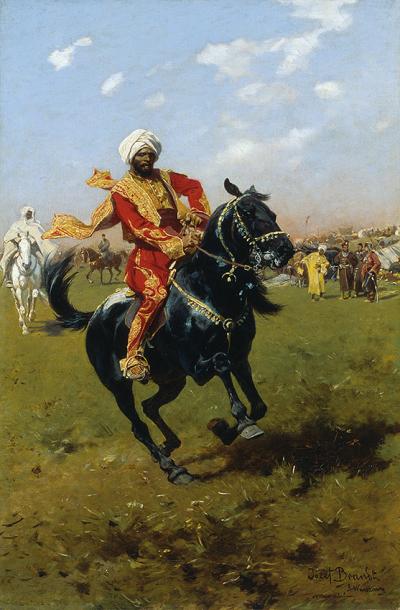






Józef Brandt – A Polish painter prince in Munich
In earlier centuries, the studios of artists were a one-to-one reflection of their social status. Anyone who who was still young or artistically and financially unsuccessful, like Marcello and Rodolfo in Giacomo Puccini's opera "La Bohème", had to settle for a freezing attic above the city roofs. Artists who had no heating had to be prepared for the worst, in this case according to the outline of the opera (which takes place around the year 1830 and premiered in 1896), with the death from consumption of their great love, Mimi. For successful artists, however, their studio was not only their daily workplace, but also the place where they received students, fellow artists, collectors, high-ranking personalities and travellers from all over the world. One famous example is the studio of the Viennese history painter Hans Makart (1840-1884), who after his return from Rome in 1872 set up a new painting studio in Vienna and furnished it lavishly with heavy wall hangings, tall, elaborately carved furniture, carpets, brass objects, antiques, weapons and huge bouquets of dried flowers and palm fronds. Here he welcomed the Austrian Empress Elisabeth, threw parties and greeted groups of tourists during the afternoon.
It is therefore no coincidence that three years later a Polish painter in Munich, Józef Brandt (fig. 1), who called himself Josef (occasionally Joseph), von Brandt on account of his Polish aristocratic background, set up a very similar studio after working for twelve years on dramatic equestrian, battle and Cossack paintings, and achieved a prestigious social position in the capital of the Kingdom of Bavaria. He and Makart were almost the same age and studied under the same professor: Makart was born in Salzburg in 1840 and, after initial semesters at the Vienna Academy of Fine Arts, moved to the Academy of Fine Arts in Munich in 1860 to join the history painter Carl Theodor von Piloty (1826-1886). Brandt was born in 1841 and enrolled in the Munich Academy in 1863 after studying engineering in Paris. Somewhat later he studied under Piloty, but mostly in Franz Adam's private studios (1815-1886) and in Theodor Horschelt's (1829-1871) watercolour painting courses.
Brandt's studio also became a public attraction. In the years before, he had collected props and antiques needed as models for his paintings, on journeys through Poland and the Ukraine. He acquired them from other artists or impoverished aristocratic families and occasionally paid for them with paintings.[1] This resulted in an extensive collection of Turkish tents, Persian carpets, antique curtains and fabrics, oriental seating and tables, Renaissance and Baroque furniture, weapons used by Polish hussars, sabres, pistols, horse saddles and harnesses, pieces of armour, helmets and shields as well as musical instruments and costumes with their corresponding figures. In 1874/75 he moved into a spacious studio at Schwanthalerstraße 19 in the Ludwigsvorstadt,[2] a suburb not far from Karlsplatz and the old part of Munich, which he decorated with these artefacts, used them as models for his painting and stored them there. The space was originally a five-room apartment on the third floor of a newly built apartment building, which he rebuilt and in which he was to work for the next forty years.
[1] Agnieszka Bagińska: „Atelje jako rzecz malarska“. Pracownia Józefa Brandta przy Schwanthalerstraße 19 w Monachium/“The Studio as a painting subject matter“. Józef Brandt’s studio at 19 Schwanthalerstraße in Munich, in the Orońsko exhibition catalogue 2015 (see further reading), page 41
[2] First recorded in Adressbuch von München für das Jahr 1875, Seite 126, Bayerische Staatsbibliothek, Digitalisat: http://opacplus.bsb-muenchen.de/title/4273833/ft/bsb11313519?page=5 (called up on 1.11.2017)













